On This Day in Jewish History: May 9, 1956
https://www.instagram.com/p/COrVp7WNCLE/
Katz was born and raised in New York City into a Lithuanian Jewish family, His father, Menke Katz, was a poet who wrote in both English and Yiddish. He attended Hebrew Institute of Boro Park and East Midwood Jewish Day school and spent his high school years at Yeshiva of Flatbush. During his high school years Katz founded “Aleichem Sholem” a Yiddish-English student journal from 1972-1974. Katz would continue his studies at Columbia and graduated with a degree in linguistics in 1978. During this time, he simultaneously studied at Herziliah Yiddish teachers’ Seminary in New York.
A newly minted graduate, Katz moved on to London in 1978. That same year, at the University of London, he broke ground on his doctorate which explored the roots of the Semitic component within Yiddish. While Katz didn’t complete his doctorate until 1982, his work there earned him the Marshall Medal in Comparative Philology in 1980.
This work served as the springboard for his early work in linguistics where he advocated for “continual transmission” of Yiddish’s Semitic component found in Hebrew by way of Aramaic and on to Yiddish. This went against the standard “text theory” which stated that the component subsequently entered through religious texts. Katz put forth one of a kind restorations to aspects of the Proto-YIddish vowel system and tweaked the way Yiddish dialects were classified.
Katz would go on to favor the Danube basin origin of Yiddish over the Rhineland hypothesis, which stated that Yiddish speaking European Jews were isolated from the larger population and were direct descendants of a small faction of German Jews who moved east. He joined the sizable group of Yiddish scholars in this regard and brought forth Semitic component evidence. This, and the argument between the eastern and western origins of Yiddish provided the connection for him to find a Hebrew and Aramaic prayerbook manuscript dated to the thirteenth-century at Oxford University’s Bodleian library. It was in this manuscript that he observed the same vowel system he previously redesigned in his thesis which was fundamental to the Semitic component within Yiddish. From 1978-1996 Katz taught Yiddish Studies at Oxford and was instrumental in building the school’s program from the ground up.
In recent years Katz has been at the forefront combatting the theory of “Double Genocide” which states that two genocides of equal weight took place in Eastern Europe, the Nazi Holocaust of European Jews and the Soviet genocide of its own people. Some scholars such as Alexander Karn, have noted that the theory has been used to eliminate Lithuaninan participation in the Holocaust. Katz has argued that the theory, which emerged in the 90s in the Baltic states, has been used to equate the horrors of communism and Nazism and to frame those that disagree as light on communism. Katz labeled the theory “Holocaust revisionism” and has written that “the debate has garnered political traction/currency since the Baltic States joined the European Union in 2004. Since joining the EU, the Baltic States have attempted to downplay their nations’ massive collaboration with the Nazis and to enlist the West in revising history in the direction of Double Genocide thinking.” Katz’s solution is that: “states in the region honor the victims of Communism and expose the evils of Communism as unique issues, ‘without the equals-sign.’” Such a solution would allow for Stalin’s Soviet atrocities to be recognized in its own light and not through false comparison to Hitler’s Holocaust. It has served as an antidote to the prevalence of the “Double Genocide” theory.
To combat the “Double Genocide” theory, and other forms of “Holocaust revisionism” Katz founded the partisan website defendinghistory.com in 2009, dedicated to putting forth meaningful scholarship about the Lithuanian Holocaust and the crimes of its perpetrators. According to the site’s mission statement, Defending History “believes it important to defend the history of the Holocaust from the onslaught of the New Far Right’s East European campaign (by states, their proxies, and other elites) to downgrade and obfuscate the Holocaust into one of two supposedly equal Holocausts.”
Katz has taught and lectured all over the world. He has continued his work as an educator teaching courses through the New York Workman’s Circle’s online Yiddish program. Katz has written and edited 26 books. This includes Yiddish dictionaries, the ins and outs of Yiddish linguistics and its corresponding relationship to Hebrew and Aramaic.
An extensive bibliography can be found at https://www.dovidkatz.net. https://www.dovidkatz.net/dovid/dovid_periodicals.htm#Sholem Archived 2017-08-17 at the Wayback Machine “Aleichem Sholem”
Bernard Bard, “Yiddish Rebels Upset Yeshiva,” in the New York Post, August 14, 1972, p. 2. The thesis is online at: https://dovidkatz.net/dovid/PDFLinguistics/1982.pdf Archived 2017-07-03 at the Wayback Machine.
(1979) “A yerushe fun kadmoynim: der semitisher kheylek in yidish” in Katz, David (1991). Oksforder Yiddish: A Yearbook of Yiddish Studies II. Taylor & Francis. pp. 17–95. ISBN 978-3-7186-5206-8.
Dovid Katz, “First steps in the reconstruction of the proto vocalism of the Semitic component in Yiddish”, Dec. 1977, seminar paper available at: https://dovidkatz.net/dovid/PDFLinguistics/1977.pdf Archived 2016-03-21 at the Wayback Machine.
Dovid Katz, “Zur Dialektologie des Jiddischen” in W. Besch et al (eds), “Dialektologie. Ein Handbuch zur deutschen und allgemeinen Dialektforschung”, Berlin 1983, pp. 1018–1041.
Dovid Katz,”The Proto Dialectology of Ashkenaz” in D. Katz (ed), “Origins of the Yiddish Language”, Pergamon 1987, pp. 47-60.
Liedy, Amy Shannon; Ruble, Blair (7 March 2011). “Holocaust Revisionism, Ultranationalism, and the Nazi/Soviet ‘Double Genocide’ Debate in Eastern Europe”. Wilson Center. Retrieved 14 November 2020.
Karn, Alexander (2015). Amending the Past: Europe’s Holocaust Commissions and the Right to History. University of Wisconsin Press. p. 141. ISBN 978-0-299-30554-3.
https://defendinghistory.com/authors Archived 2017-09-20 at the Wayback Machine Authors
https://academic.oup.com/gbe/article/5/1/61/728117
Image source: https://images.app.goo.gl/uq8pfzn9UvjgRrNa9
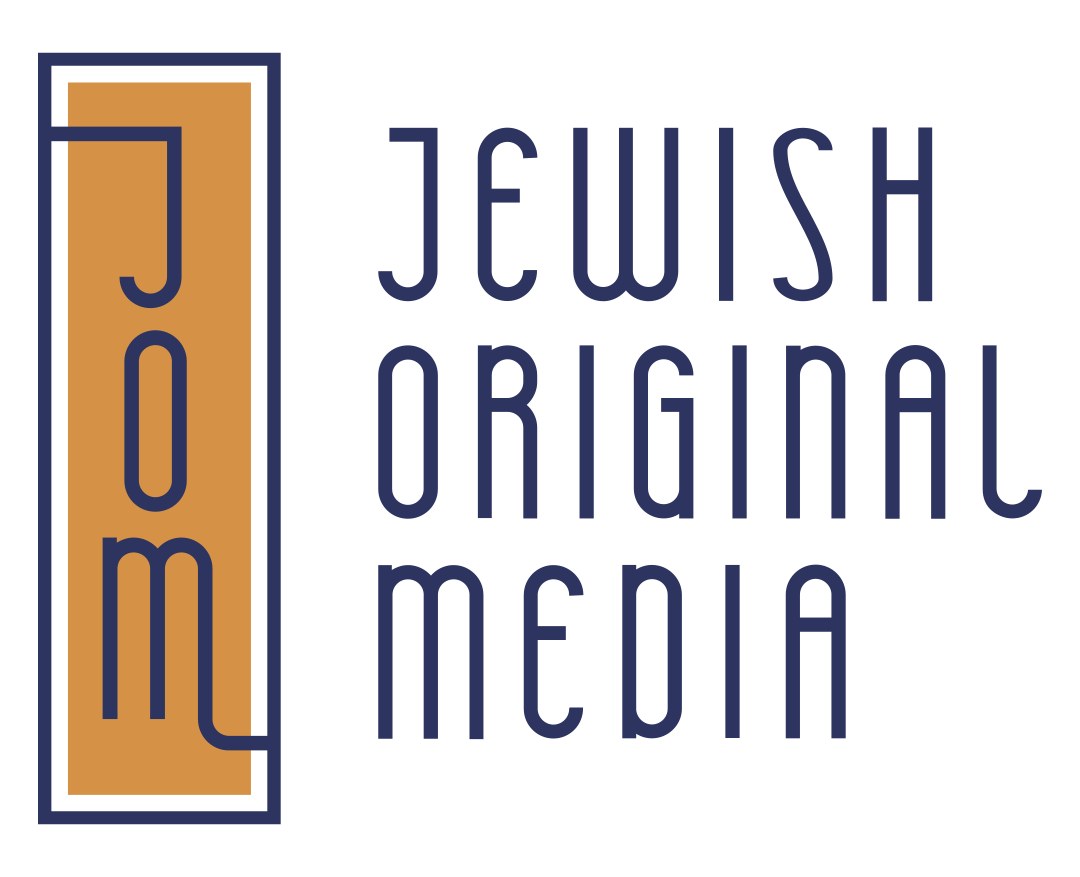





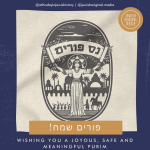


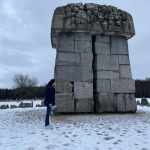
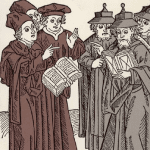
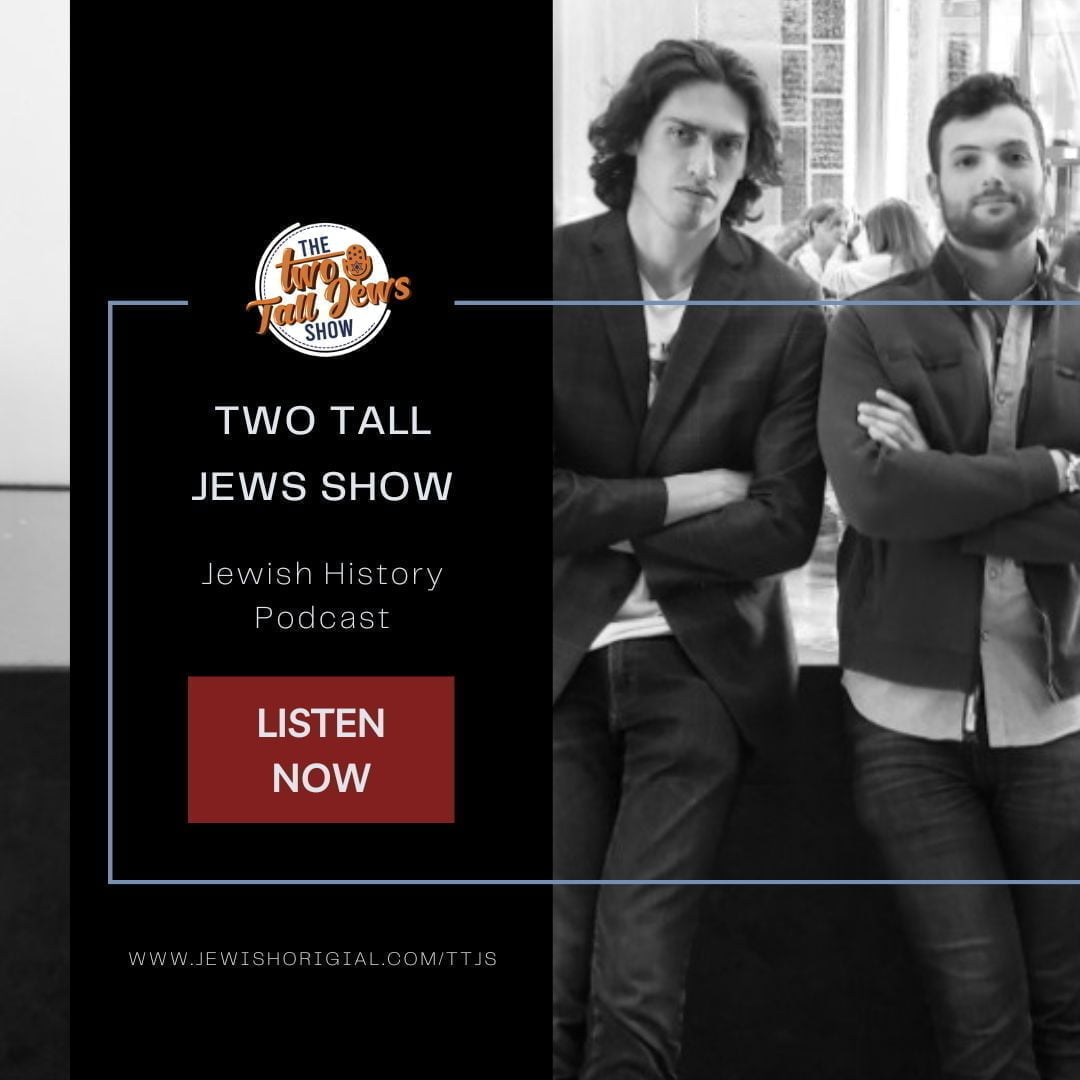
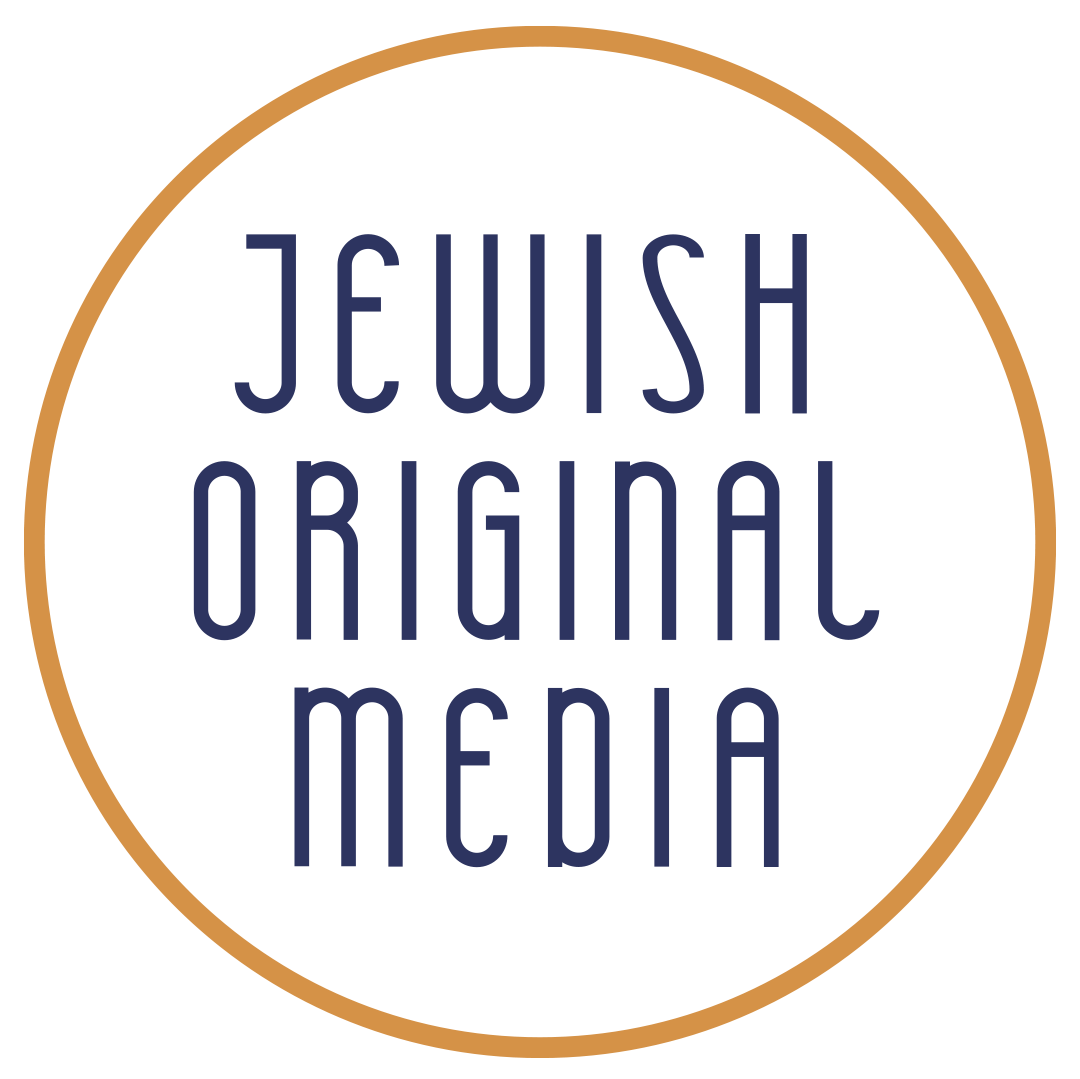
Start the discussion at community.jewishoriginal.com